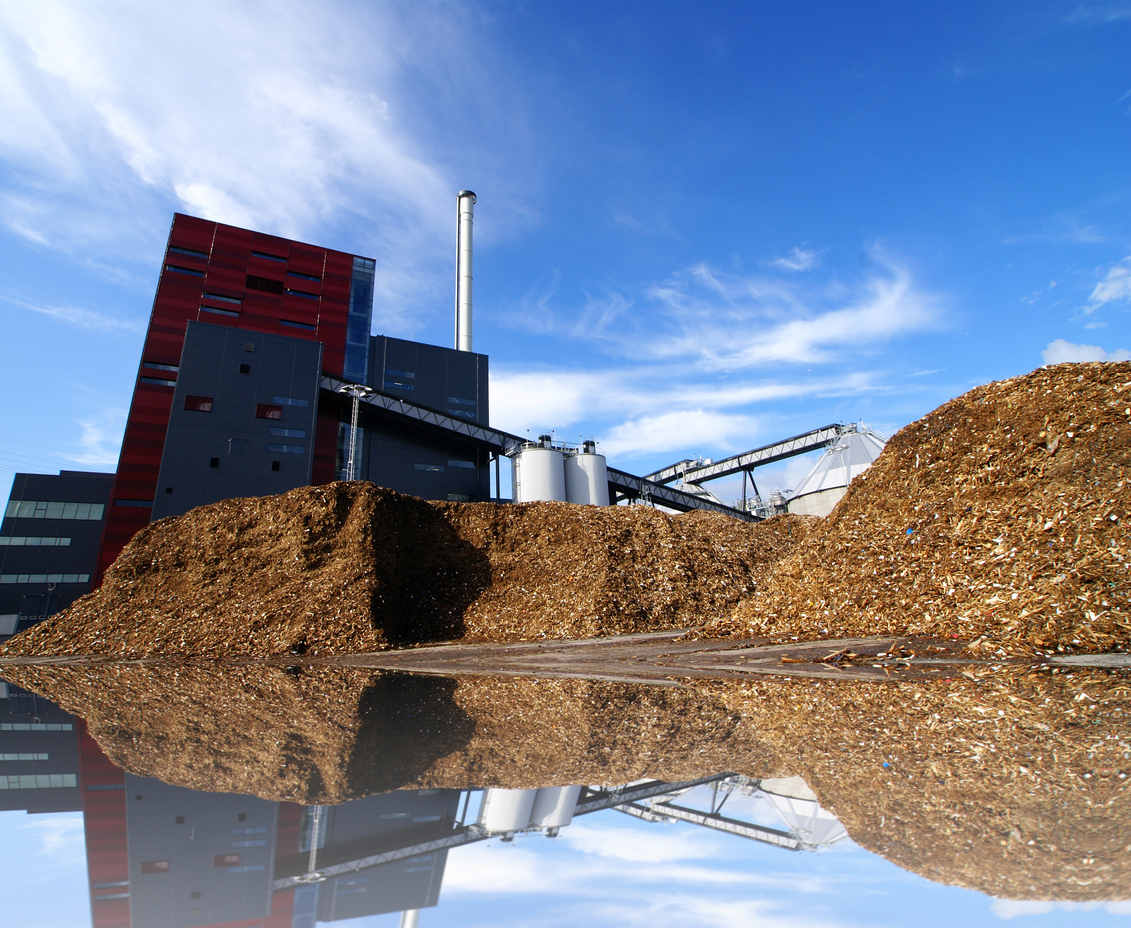Biomass from agriculture, forestry and industry has great potential as feedstock for energy, animal feed and other products that show up in daily life.
“Biomass from agriculture and industry is a widely available resource that is otherwise burned or sent to a landfill,” says Genevieve Croft, program scientist at Schmidt Sciences. “If you can take waste biomass and turn it into something useful, you have the opportunity to replace a petroleum-based feedstock, which has environmental justice challenges, and you’re also creating new opportunities.”
With that credo in mind, Schmidt Sciences just announced $47.3 million in funding for five US-based teams developing ways to turn waste biomass into useful products.
Eric and Wendy Schmidt launched the Schmidt Sciences nonprofit at the start of 2024 to fund science and tech research, with a focus on AI and advanced computing, astrophysics and space, biosciences, climate, and “cross science” (interdisciplinary science). The organization evolved out of the Schmidt Futures philanthropic venture that funds tech research and talent programs.
Over the course of the next five years, Schmidt Sciences will distribute the $47.3 million to the chosen five recipients, which will also become part of the Virtual Institute on Feedstocks of the Future (VIFF), a partnership between Schmidt Sciences and the Foundation for Food & Agriculture Research (FFAR).

Biomass solutions: ‘not just academic pursuits’
Transitioning waste biomass to renewable feedstocks comes with a number of potential benefits, including more sustainable manufacturing, new revenue streams for farmers and ranchers, and more resilient supply chains.
“My predecessors in the Biosciences Institute did a taskforce report that came out in 2022 that was focused on the US bio-economy and how to advance and accelerate it,” Croft tells AgFunderNews, adding that this program originated from that work.
The Institute spoke with more than 150 experts over a six-month period to find opportunities in the bioeconomy space. All of them, she says, pointed towards biomass as a productive way of using biology to convert waste from agriculture (e.g., corn stover) and forestry (e.g., sawdust) into things people and industries actually need.
“We want to make sure that whatever tools and solutions are developed are not just pie in the sky, academic pursuits,” says Croft. “They’re not, alternatively, just money-making machines for some individual company either, but something that is going to be broadly adoptable.”

The chosen projects
All five teams are led by academic institutions and national labs, and “may or may not” have partnerships with private enterprises, says Croft.
“We’re bringing together national labs, academia, federal labs, community development organizations, agricultural extension [programs], Our requirement to [the teams] was that they have a not-for-profit research institution as the lead, and they can sub-award to other types of partners.”
To select projects, Schmidt Sciences initially put out a call for expression of intent, asking potential projects to address specified opportunities in the space of biomass waste and feedstock utilization.
One was around heterogeneity, or the physical and biochemical makeup of biomass. For example, says Croft, “What if you have a tree that has really complicated aromatic molecules in it and some metals and metal oxides in it potentially. How do you separate out those contaminants?”
The other broad opportunity was around data modeling and digital tools.
“We heard from our investigations that there’s waste biomass everywhere, but no one knows when it’s available in what quantity or what quality,” says Croft. “We asked the proposing teams to think really hard about how they could use science, technology and engineering research to answer some of those questions to make it more publicly available information.”
Chosen projects include researchers from MIT, University of California, Berkeley, Idaho National Laboratory, Princeton University, and many other schools and laboratories.
The BioCircular Valley project is working to generate public datasets for California’s North San Joaquin Valley, one of the most important agricultural regions for both the state and the country. These datasets will map underused biomass, catalog conversion technologies that can turn that biomass into products, and quantify how much those processes can yield.
The team behind the Wet Agricultural Value Enhanced Separations project is converting waste from food production and processing into clean energy and water. The project uses advanced material separation and drying — critical pieces of the biomass conversion process — along with product characterization and feedstock formulation to convert biomass into bioenergy.
The Dairy Industry Waste Valorization project is turning waste streams from the dairy industry into food and feed with microbes. The process leverages metabolic engineering and bioprocess optimization.
The team at the Sargassum Biorefinery project is using what it says is “a carbon-neutral or negative refinery-style process” to convert Sargassum seaweed into fuel, animal feed, and other useful products. The project is in part aimed at addressing some of the economic and environmental challenges that come from excessive seaweed in communities.
The Center for Mineral and Oxide Removal from Biomass (CMORE) project focuses on turning municipal solid waste into mineral and metal oxide free pellets that can be used to make low-carbon fuel, chemicals and other products.




